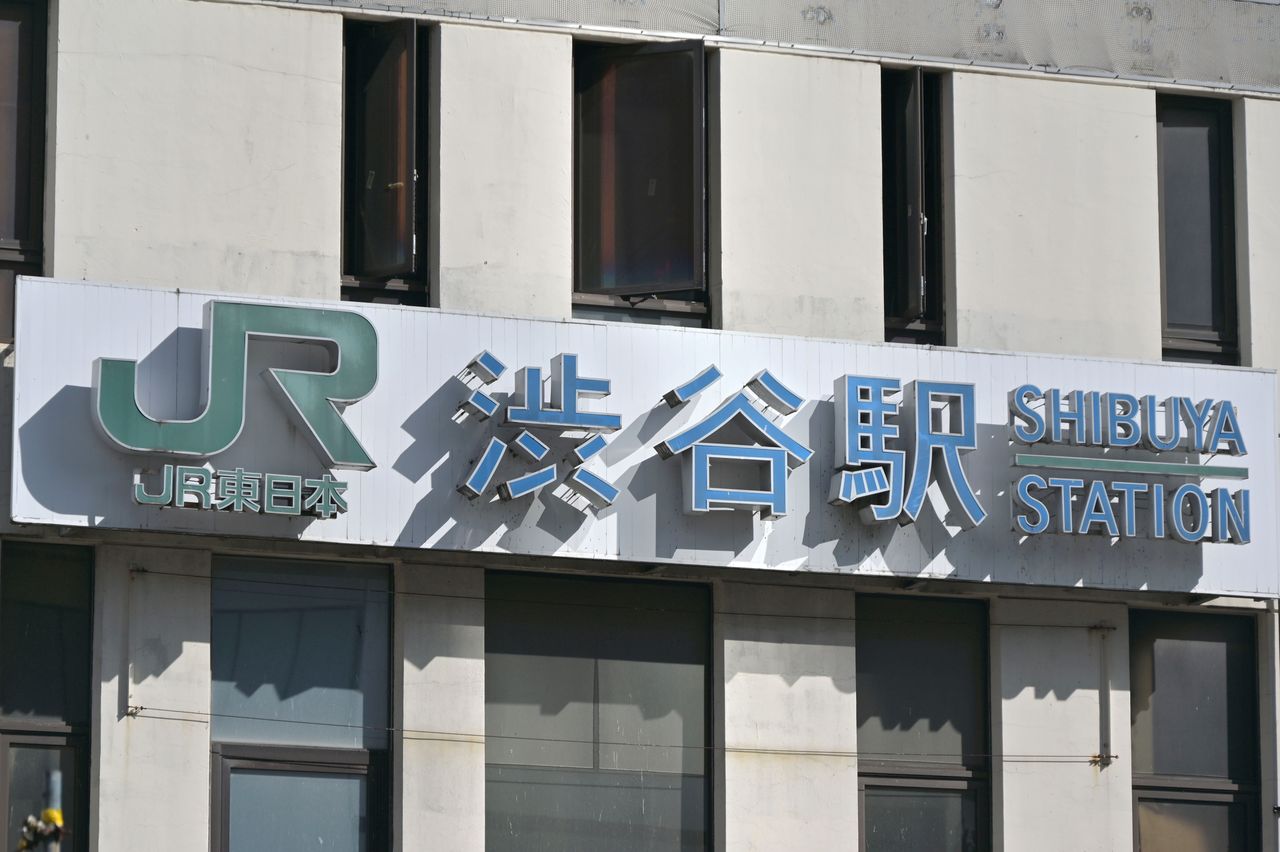
“Sushi” Or “Susi”? Japan to Rethink Longstanding Romanization Rules
Society Culture Education World- English
- 日本語
- 简体字
- 繁體字
- Français
- Español
- العربية
- Русский
There are two broadly accepted ways to write rōmaji, the romanization of Japanese characters in the 26-letter alphabet. One is the Kunrei system, established under a cabinet ordinance in 1937, and the second is the Hepburn system, named after US missionary James Curtis Hepburn, who came to Japan in the nineteenth century and popularized its usage. With the number of visitors to Japan and foreigners living in the country increasing, a council under the Agency for Cultural Affairs has begun deliberations to unify the different writing systems with weight placed on the Hepburn system, which is in more widespread use.
Rōmaji Spelling Choices
Place Name Examples
| Kunrei | Hepburn | |
|---|---|---|
| 渋谷 | Sibuya | Shibuya |
| 愛知 | Aiti | Aichi |
| 難波 | Nanba | Namba |
| 富士 | Huzi | Fuji |
Noun Examples
| Kunrei | Hepburn | |
|---|---|---|
| 柔道 | zyudo | judo |
| 津波 | tunami | tsunami |
| 豆腐 | tohu | tofu |
| すし | susi | sushi |
| 天ぷら | tenpura | tempura |
| 絵文字 | emozi | emoji |
Confusion remains even in the choice between these two sides. There is also a modified Hepburn form that allows for spellings like Nanba, while most media publishers stick with the shimbun spelling for their newspaper titles. (Also notably, the latest government explorations of accepted romanization of Japanese do not address how to deal with long vowel sounds; at Nippon.com we use macrons to write things like the sport jūdō, but a straightforward Kunrei approach would mandate circumflex accents for long vowels instead, resulting in zyûdô.)
In 1954, the government issued a cabinet notice on the use of rōmaji, stating that the Kunrei system should be used “in principle when writing Japanese” and required elementary schools to follow that style—an approach that makes some sense for Japanese children in the computer age, learning how to type their language on alphabetical keyboards. On the other hand, the Hepburn system, which gives more predictable pronunciations to readers of most European languages, became widespread after it was adopted by the General Headquarters of the Supreme Commander for the Allied Powers following World War II and used for train station names and other signage.

JR Shibuya Station signage in Shibuya, Tokyo, on February 9, 2024. (© Jiji)
The Agency for Cultural Affairs’ Japanese language division explained that the 1954 cabinet notice “is not mandatory and only meant as a government guideline.” The notice also states that in the case of international relations and conventions, is it acceptable to use the Hepburn system “if it is difficult to make sudden changes.” Currently, the Hepburn system is widely used for names on passports, as well as on road and other information signs in Japan. If the deliberations of the council move ahead and the cabinet notice is revised, it will be the first time in roughly 70 years to adjust the official position on romanization.
On May 14, Moriyama Masahito, the minister for education and culture, submitted documentation on the issue of romanization to the council, saying that at the time the 1954 notice was written, “rōmaji was envisioned to be used to write out Japanese text,” while now its main use was to “take into consideration people whose first language was not Japanese and to convey information to the international community.”
The council will also take into account that some romanized words, like “judo” (listed in many foreign-language dictionaries with no accents to denote its long vowels in the original language) and “matcha,” are already widely used in English and other tongues. A final decision is expected in spring 2025 or later.
(Translated from Japanese. Banner photo © Pixta.)